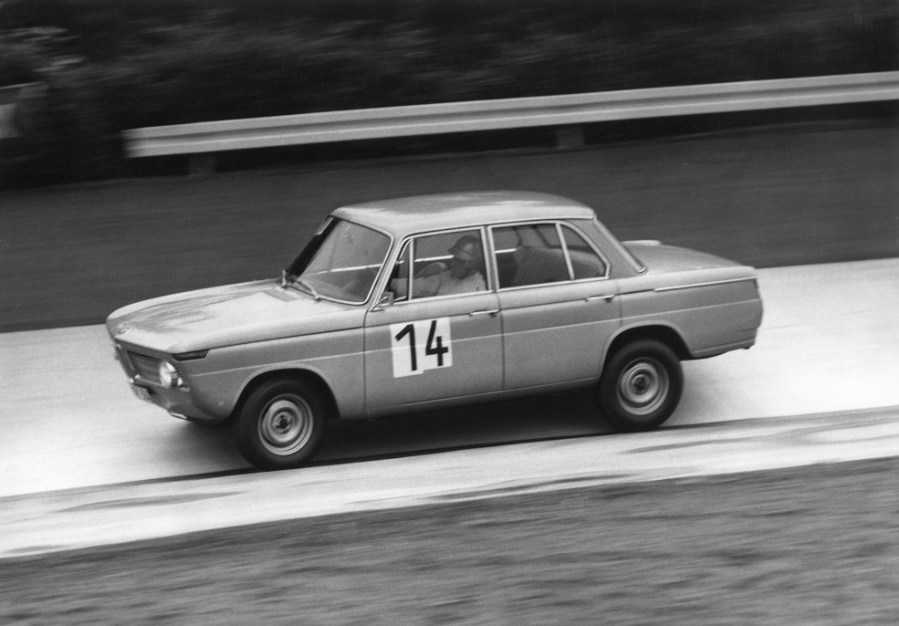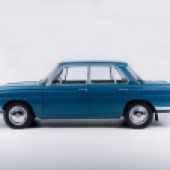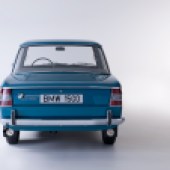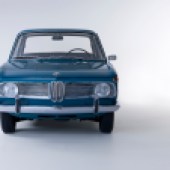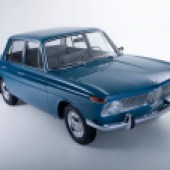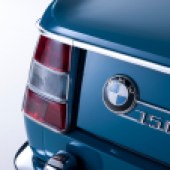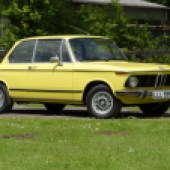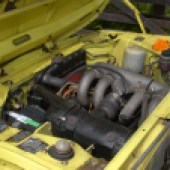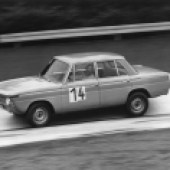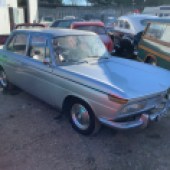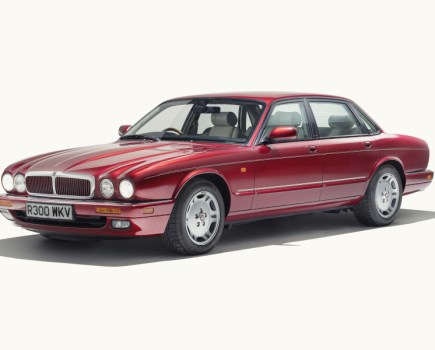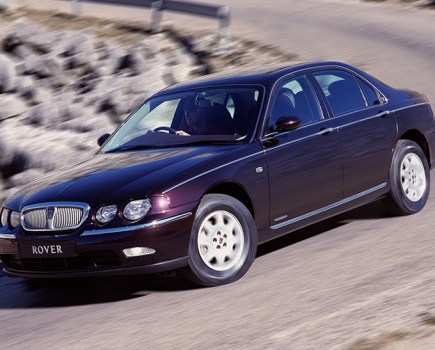As BMW recycles the Neue Klasse tag, we chart the life and times of the original which took BMW from near bankruptcy to world domination
Words: Paul Wager
By the standards of traditional automakers, BMW has navigated the shift to electric power more successfully than most. The company was an early mover with the distinctive i3 and has since expanded its iX lineup with quiet confidence.
Yet BMW sees these efforts as merely the prelude to something far more transformative. That ambition is captured in the revival of a historic name for its upcoming mid-size electric 3 Series: Neue Klasse.
The phrase translates directly as “new class,” though its spirit is closer to a new beginning. It first appeared in 1962 with the launch of the BMW 1500, a car that marked a decisive turning point for the company.
More than any of its high-performance M Power creations, the original Neue Klasse was the model that redefined BMW’s future. It pulled the brand back from the brink of being absorbed by Daimler-Benz and set it on the road to global dominance.

Its genesis was a BMW very different from the confident car maker we know today. In the late 1950s, BMW was struggling financially, not helped by a lop-sided product range which had bubble cars and motorbikes at one end and expensive V8 saloons and sports cars like the 502 and 507 at the other, but not much in between.
The firm had worked up designs for a range of new, modern cars but lacked the budget to bring them through to completion and shareholders were getting nervous. In the background hovered the mighty Daimler-Benz which was keen to acquire its smaller rival for its production capacity.
By the end of 1959, the future for BMW was stark: either declare bankruptcy or be swallowed up by Daimler, the latter option being the one favoured by most creditors including Deutsche Bank.
At the AGM in December 1959, the agreement for Daimler-Benz to acquire the firm was almost completed but at the last minute shareholders opposed to the move managed to postpone the decision. One of these was industrialist Herbert Quandt who subsequently increased his stake in BMW to the point where he was able to purchase the entire company.
The Quandt family still controls BMW to this day and the move allowed BMW to develop an all-new car powered by an all-new engine. They got to work quickly, too: the car would be unveiled as the BMW 1500 at the 1961 Frankfurt show and the names involved in its creation were a roll call of future BMW legends including stylist Wilhelm Hofmeister and engine maestro Alexander von Falkenhausen.
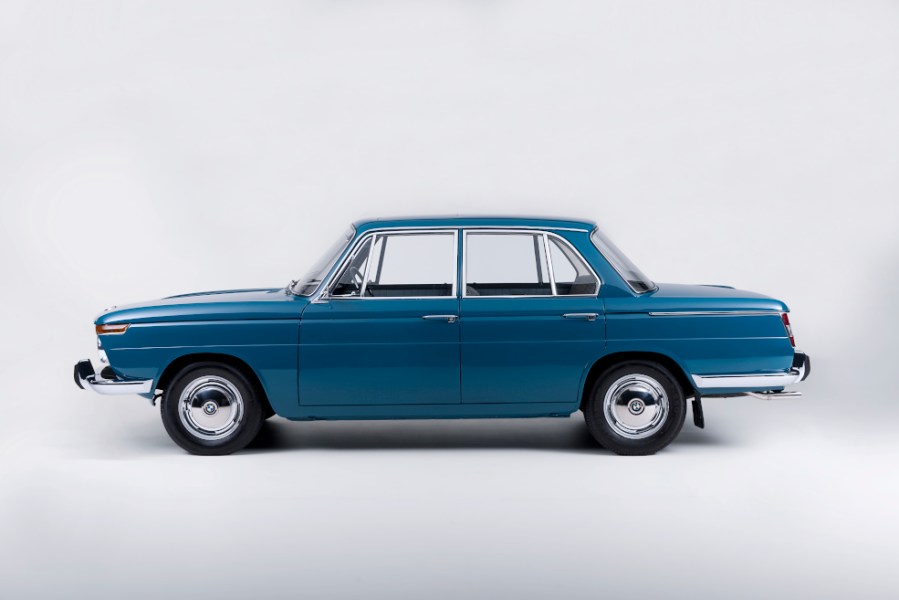
The ‘Hofmeister kink’ at the base of the rear side window remains a BMW signature today
The car itself was a thoroughly modern design for the era, using unitary construction, MacPherson strut front suspension and an independent semi-trailing arm design at the rear, while the engine was the newly developed overhead camshaft M10 which would live on into the 1990s.
Launched as the 80bhp BMW 1500, a 90bhp 1800 model was added shortly after launch which would spawn the high-compression twin-carbed 1800ti boasting 110bhp and then the exotic 1800TI/SA with twin Webers, five-speed gearbox and uprated brakes and suspension. A homologation special, only 200 examples of the TI/SA were made, although countless homages have since been built up.
In 1964, the 1500 was replaced as the entry-level model by the 83bhp 1600 model and in 1965, the range-topping 2000 would appear boasting 101bhp, with a 121bhp 2000ti appearing in 1966. A swansong for the Neue Klasse was the 1969 2002tii with 130bhp thanks to Kügelfischer mechanical injection.
With its neat proportions, high quality and great driver appeal, the Neue Klasse was enough of a success to set the firm back into profitability, but it was the car that came next which would really transform BMW’s image.
Launched on BMW’s 50th anniversary in 1966, the two-door version of the Neue Klasse was the car which would ultimately create the 3-Series and by extension what we know as the 3 Series market.
Initially badged as ‘1600-2’, the car would later be known as the 1602 and when two BMW executives, Planning Director Helmut Bönsch and Alex von Falkenhausen separately had the larger 2.0-litre version of the M10 engine installed in their company 1602s, the idea of the famous BMW 2002 was born.

Amusingly, each was apparently unaware of the other’s car until one day they met up, swapped stories and decided to present the idea to the board. The result was that the 2002 appeared in 1967 and was a hit. Especially useful was the fact that the 2.0-litre engine had already been homologated for the US market in the 2000CS coupe.
The 2002 was offered in three states of tune: either the single-carb 100 bhp model, the twin-carbed 2000ti offering 120 bhp and the Kügelfischer-injected 2002tii boasting 130 bhp. It was the tii engine which was also used as the basis of the short-lived 2002 Turbo.
More than any other BMW, it was the 2002 which popularised BMW in the US market where the concept of a compact performance saloon simply hadn’t existed previously. Buyers marvelled at the combination of pace, handling and build quality offered by the German car and much like they did with the Volkswagen, took the 2002 to heart.
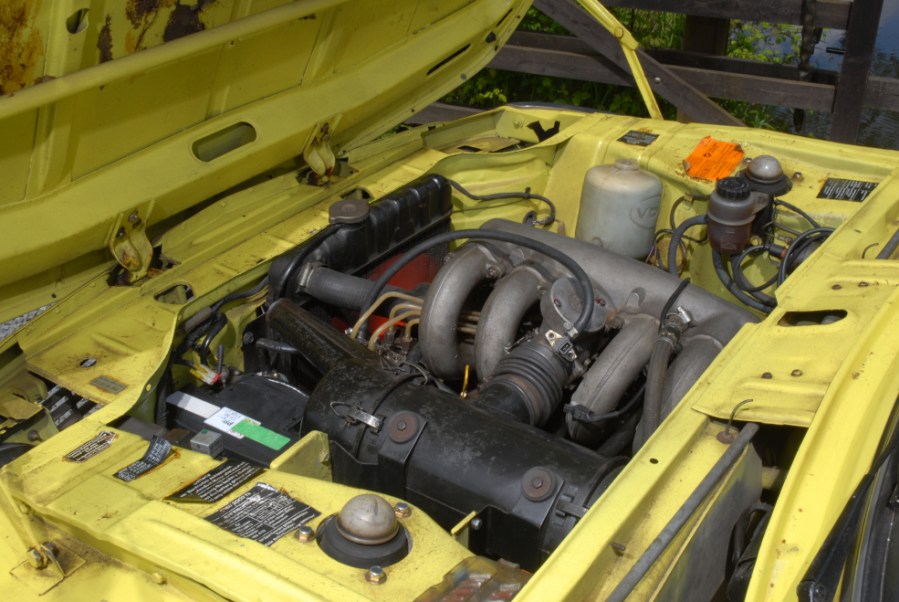
Kügelfischer mechanical injection gave the 2002tii the pace to worry a modern hot hatch
This was assisted in no small measure by BMW’s wily North American importer, the redoubtable Max Hoffman. Responsible at various times for introducing European brands including Mercedes, Alfa Romeo, Fiat, Volkswagen, Porsche and Jaguar to American customers, Hoffman found the original Neue Klasse saloon a slow seller, shifting less than 1000 cars in its first year on sale.
A firm believer of the promotional value of motorsport, Hoffman also imported the more powerful 1800ti which was popular but was a costly proposition compared to the opposition. All of which made the cheaper two-door car a much more promising candidate.
Sold at a price point which squared it up against the Ford Mustang, the 1600-2 offered a more youthful appeal than its bigger brother and shifted over 4500 units in its first year.
When the 2002 arrived though, BMW really took off and in 1968, its first year on sale in North America, clocked up over 9000 sales, with more than 11,500 sold in 1969.
By the time BMW finally wrestled control of its North American distribution away from Hoffman, he would have sold over 70,000 of that model alone.
The success of the ’02 models is reflected in the fact that production of the four-door Neue Klasse ended in 1972 when it was replaced by the E12 5 Series, but the two-door car remained on sale until 1977 when it was replaced by the first generation of the 3 Series.
The success of the 3 Series is of course a feature in itself but one thing’s for certain: the car itself and the market we know as the 3 Series market simply wouldn’t have existed without the Neue Klasse and neither would BMW’s premium market domination with the 5 Series. Will the 2025 car ever be as significant?

